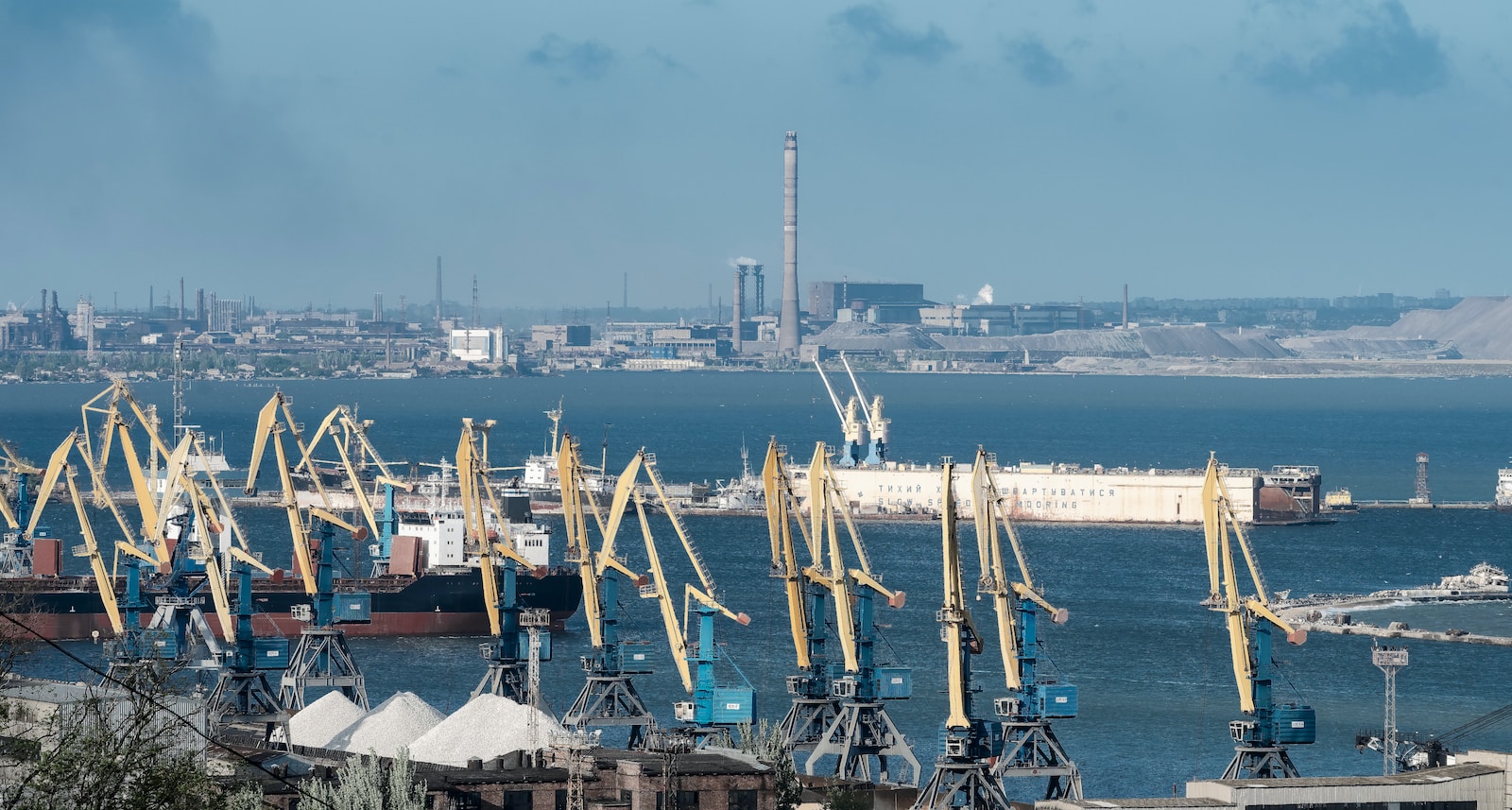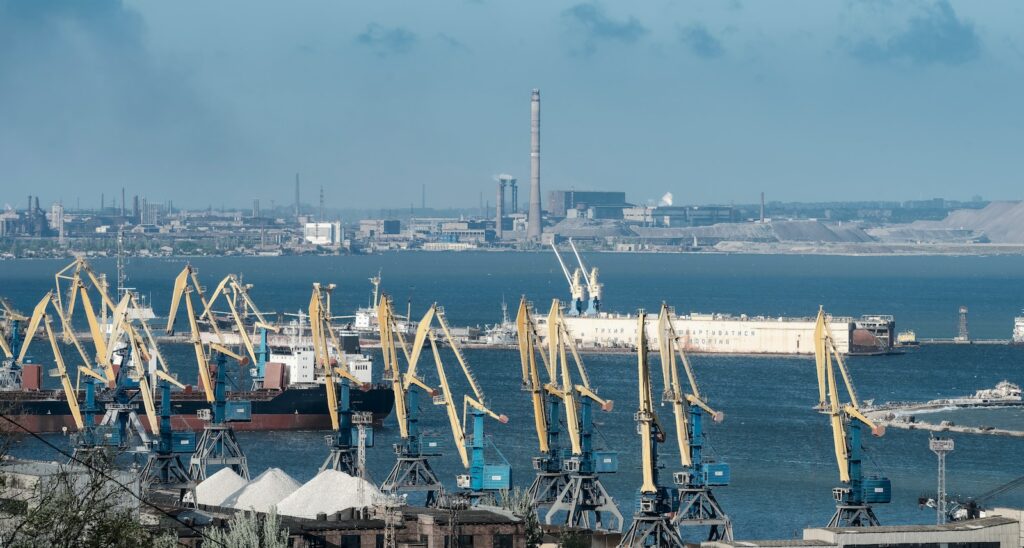The Future of Oil By Branko Terzic

Will oil use peak in 2030 as forecast by the International Energy Agency (IEA), or in 2045 as projected by the Organization of Oil Exporting Countries (OPEC)? Notice the question relates to when oil use will peak, not when it will cease. The political objective of decarbonization, adopted in the US and other countries, calls for the replacement of fossil fuels (oil) by non-carbon emitting sources. In the case of oil that means replacing the 60% of oil production used for transportation. The other 40% of oil consumption is for the petrochemical industry for which, at the moment, there is no viable substitute.
Electric vehicles (EV) are replacing gasoline and diesel fueled internal combustion engine (ICE) vehicles although there are technical possibilities with hydrogen as a fuel in combustion of fuel cells. In those electric utility territories where the electricity for EVs is produced from non-carbon resources such as solar, wind or nuclear, carbon dioxide emissions are reduced from this transition. If the electricity supply for EVs is produced from coal or natural gas the carbon dioxide emissions may not be reduced.
Nonetheless, given government policies and subsidies in the OECD countries it is expected that EV sales will increase dramatically soon in those countries. What will this increase in EV sales in the OECD mean to global oil sales?
In the near future, not much. In the longer term it’s unclear.
Firstly, the 40% non-transportation uses for oil will continue and possibly grow with increases in population and the global growth of the middle class in the developing world. During the late 20th and early 21st century over 900 million people moved up from poverty to middle call economic status. That trend is expected to continue to the end of this century. This new middle class will buy more products creating an increasing demand for petrochemicals from crude oil.
Secondly, the transition of transportation from ICE vehicles to EV’s in the developed world will be accompanied by an increase in the sales of gasoline and diesel ICE vehicles in the developing world. This is because only OCED developed countries have the two preconditions for EV sales: sufficient consumer income and adequate and reliable electric service allowing for charging of EVs.
Globally it is estimated that only 3 billion people out of a total of 8 billion people live in countries with adequate and reliable electricity services, another 3.5 billion have inadequate or unreliable electric services with hourly or daily outages.[i] As many as 775 million people have no electric service at all in 2023. Considering that basic electricity services is a 19th century technology is does not seem likely that developing countries in Asia and Africa, which in the 20th century could not provide basic electric service, will leapfrog to service levels capable of providing for EV charging in the next fifty years.
Yet, more and more consumers in these developing countries will have income to be able to buy ICE vehicles. Global ownership of vehicles today is an average of 148 per 1,000 population. There are over 1.4 billion motor vehicles in use worldwide today. The US with a population of 332 million people and China 1,426 million population together own 620 million vehicles…
The ownership frequency in the developed world is quite high. The US, not the highest, has an ownership rate in 2023 of 908 vehicles per 1,000 with a total of 305 million vehicles. China’s current rate of ownership is at 221 per 1,000 with a total of 315 million vehicles. Automobile ownership in China will increase with a question of what percentage of the increase will be EVs. China may have an electric grid capable of handling a transition to EVs. Other developing countries do not.
For example, India with 1,429 million people is now a more populous country than China. Vehicle ownership in India is at 51 per 1,000 population. While it is not likely that India would reach US levels of automobile ownership it is reasonable to believe India will match the global average of 148 or China’s level of car ownership at 221 per 1,000 population. That’s another 160 million or 244 more vehicles or an additional 3 – 6 billion barrels of oil a day.
So, with the US using about 9 million barrels of oil per day, if a third of vehicles transitioned to EVs dropping the US demand to 6 million, an increase in India alone at world average levels would make up the difference in global demand.
Of course, these are all just back of the envelope numbers and estimates with all kinds of assumptions built in.
Thus, I conclude, given the demographics that the oil industry will still find plenty of demand more in line with OPECs estimates to 2045.
[i] https://energyforgrowth.org/article/3-5-billion-people-lack-reliable-power/
The Honorable Branko Terzic is a former Commissioner on the U.S. Federal Energy Regulatory Commission and State of Wisconsin Public Service Commission, in addition to energy industry experience was a US Army Reserve Foreign Area Officer ( FAO) for Eastern Europe (1979-1990). He hold a BS Engineering and honorary Doctor of Sciences in Engineering (h.c.) both from the University of Wisconsin- Milwaukee.
#BrankoTerzic #energy #regulations #experience #research #future #opportunity #strategy #management #people #electricity #power #utilities #renewables #RenewableEnergy #energysector #oilandgas #powergeneration #energyindustry #oilandgasindustry #sustainability #oil

